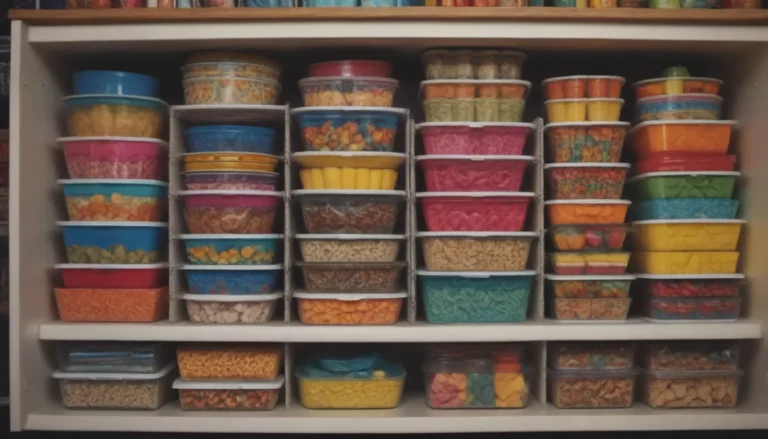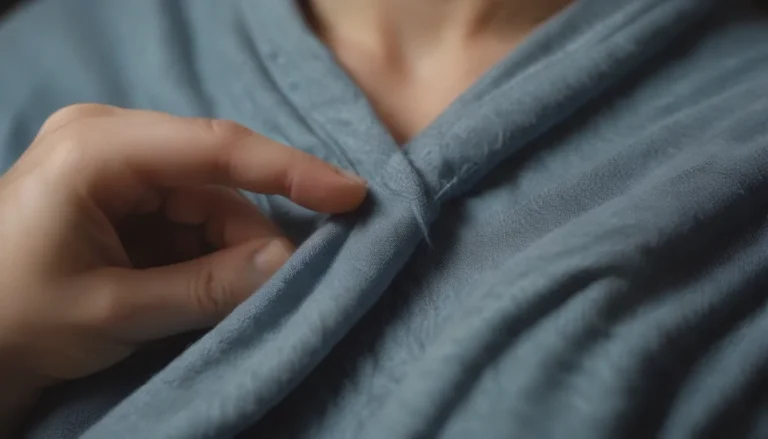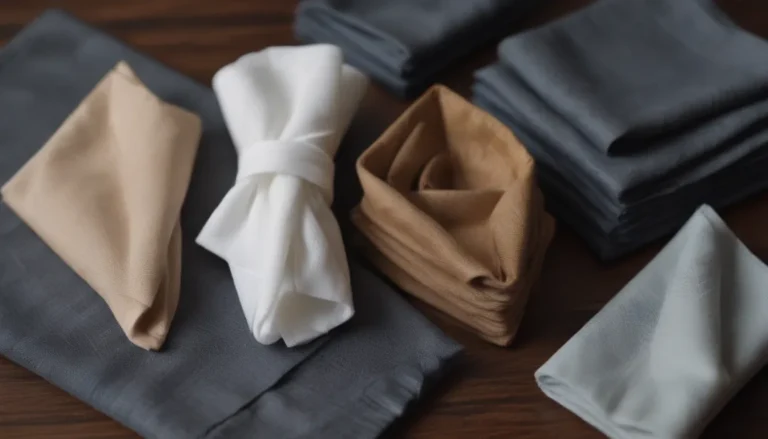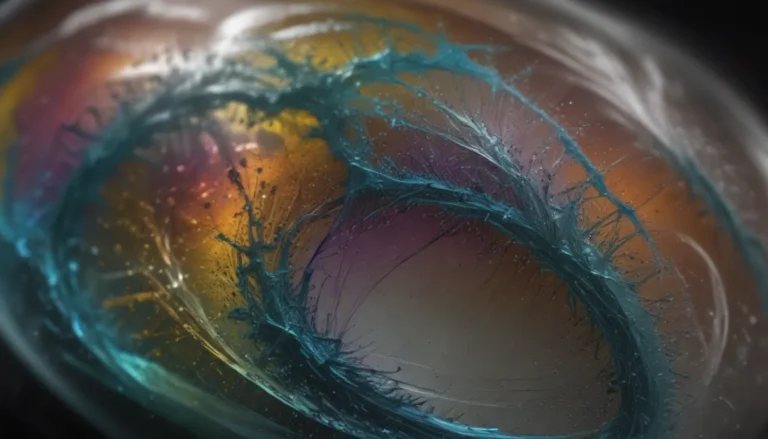The Ultimate Guide to Eliminating Gnats from Your Home

Gnats may be small, but their nuisance factor can be significant. While these tiny insects are usually harmless, dealing with them in large numbers can be frustrating. It’s essential to identify the specific type of gnat infesting your home to effectively get rid of them. In this in-depth guide, we’ll cover everything you need to know about gnats, including how to distinguish them from other pests, signs of an infestation, prevention methods, and when to call in professional help.
What Do Gnats Look Like?
Gnats, especially the indoor ones, are often fungus gnats from the Mycetophila genus. These pests are typically brown, black, or yellowish and measure between 1/8 and 1/4 inch long. While they may resemble other insects like drain flies or fruit flies, fungus gnats do not bite. They are commonly found in shady, moist areas and are most active during the summer.
If you suspect fungus gnats in your home, keep an eye out for them around light fixtures and windows. One handy trick to identify them is by using yellow sticky traps placed near your houseplants. Additionally, fungus gnats give off a distinct odor when crushed, resembling a fungus-like scent.
Signs of a Gnat Infestation
Identifying a gnat infestation can be tricky as the first sign is usually seeing the flies flying around. However, they are typically attracted to damp spots where they can lay their eggs. Houseplants are a common breeding ground for gnats, as they prefer to lay eggs in moist soil. Signs of an infestation include wilting plants, loss of leaves, and yellowing leaves.
Common spots where gnats tend to swarm include:
- Around houseplants
- Moist soil
- Drains with scummy residue
- Rotting organic materials
3 Effective Ways to Get Rid of Gnats
To tackle a gnat infestation effectively, follow these three steps:
Address Moist Soil
- If you suspect houseplants as the source of the issue, dig down 2 to 3 inches into the soil and turn it over to expose any larvae.
- Allow the soil to dry out to kill the larvae.
- Place 1 to 2 inches of sand on top of the soil to discourage standing water and prevent gnats from laying eggs.
Install Light Traps
- Interior light traps can help manage indoor gnat populations.
- Exterior light traps can prevent gnats from entering your home by being brighter and more attractive to the pests outside.
Clean up Sources of Organic Material
- Remove rotting organic materials that attract gnats.
- Don’t overwater your soil.
- Clean drains with a scrub brush and drain cleaner.
- Ensure your compost bin has a tight lid to prevent gnats from breeding.
How to Prevent Gnats in Your Home
Preventing gnat infestations involves focusing on sanitation practices. Once you eliminate their food source and breeding sites, the problem should resolve itself.
Here are some tips to prevent gnats:
- Keep your soil dry to discourage gnats from breeding.
- Clean drains regularly to prevent scum buildup.
- Dispose of rotting organic matter promptly.
- Ensure all food is properly stored to avoid attracting fruit flies.
- Keep your compost bin covered and well-maintained.
Gnats vs. Other Common Pests
Gnats are often mistaken for other tiny flying pests like fruit flies or drain flies. It’s essential to distinguish between them to apply the right treatment.
Drain Flies
- Drain flies are tiny gnat look-alikes that feed on scum in bathroom drains.
- They can transmit diseases if the infestation is severe.
- Scrubbing drains thoroughly is necessary to eliminate the larvae.
Fruit Flies
- Fruit flies are attracted to ripening or fermenting fruit.
- They are common in kitchens and restaurants.
- Proper food storage and disposal can help prevent fruit fly infestations.
Biting Gnats
- Biting gnats are drawn to moist outdoor environments with rotting organic material.
- They are not likely to infest indoor spaces but can be a nuisance outdoors.
- Take preventive measures if you live near swamps or wetlands to keep biting gnats at bay.
Midges and Mosquitoes
- While these pests are often referred to as gnats, they are larger and look different up close.
- Mosquitoes are known for their blood-sucking proboscis, while midges are harmless.
- Both pests are attracted to standing water and sources of light.
When to Call a Professional
If you’re struggling to locate the source of the gnat infestation, consider calling a professional pest management specialist for help. Female gnats lay eggs in moist organic debris, making it crucial to eliminate their breeding sites to get rid of them effectively.
In conclusion, gnats may be tiny, but they can be a big problem if left unattended. By following the tips and strategies outlined in this guide, you can effectively eliminate gnats from your home and prevent future infestations. Remember, proper sanitation and timely intervention are key to keeping your home gnat-free.





